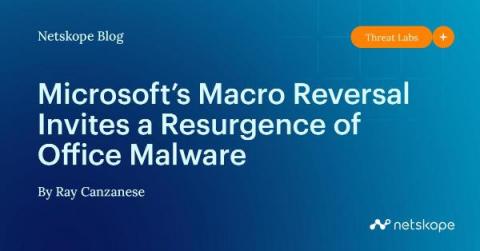Security | Threat Detection | Cyberattacks | DevSecOps | Compliance
Microsoft 365
Trustwave Action Response: Zero Day Vulnerabilities in Microsoft Exchange Server 2013, 2016, and 2019
Trustwave security teams are aware of two zero-day vulnerabilities (CVE-2022-41040 and CVE-2022-41082) impacting Microsoft Exchange Server 2013, 2016, and 2019 and organizations with Outlook Web Access facing the Internet. If exploited, the vulnerabilities can allow an attacker to elevate privilege and remote code execution capability. We immediately investigated the vulnerabilities and potential exploits and continue to monitor the situation.
Microsoft Exchange On-Prem Zero-Day Vulnerabilities Exploited in the Wild
Top 5 Hidden Costs of SharePoint Online
If you’re like many organizations that have heavily invested in Microsoft 365, you may be considering, or already attempting, to use SharePoint Online as your company file server. After all, it’s “free” since it’s included in the service, right? While Microsoft has made improvements on the front-end with OneDrive for Business and Teams, there are still many challenges and hidden costs associated with using SharePoint as your primary company file system.
SharePoint Online Security - Best Practice Guide for MSPs
Why MSPs need to Reconsider SIEM for Office 365 Security
In 2005, a new market emerged when Gartner coined the term "SIEM" OR Security and Information Event Management. Back then, it was a legacy system aggregating event data produced by security devices, systems, network infrastructures and applications. However, it lacked monitoring functionality and was limited to vertical scalability.
What should a CISO's priorities be for reducing inbound and outbound email risk in M365?
While cybersecurity risks are similar across the board for any IT leader, it's down to each CISO to decide what takes priority. Before doing that, they need to assess the risks and plan accordingly for them. Unfortunately, many businesses don't do this. A 2022 UpCity study – the Small Business Cybersecurity Survey Investigations Report – found that only 50% of SMBs have a cybersecurity plan.
What are Microsoft 365's email security strengths and weaknesses?
Microsoft 365 has cemented itself as a leader amongst cloud email providers by offering a solid foundation of protection from advanced attacks. However, it's becoming increasingly apparent that Microsoft 365's defenses alone are often not enough to ensure the security of sensitive data. Cybersecurity experts' views on email risk within Microsoft 365 is our most recent report identifying the security risks that Microsoft 365 users face.
Team Up on DevSecOps with JFrog Platform App for Microsoft Teams
The JFrog DevOps Platform is your mission-critical tool for your software development pipelines. The results of key binary management events in Artifactory, Xray, and Distribution can reveal whether or not your software pipelines are on-track to deliver production-quality releases.
Microsoft's Macro Reversal Invites a Resurgence of Office Malware
In January 2022, Microsoft announced that Excel 4.0 macros would be restricted by default, to protect users from malicious macros. In February 2022, Microsoft announced that VBA macros would also be blocked for files downloaded from the internet. Cybersecurity professionals and enthusiasts rejoiced at the news! Malicious Office documents were running rampant. Attackers abused Microsoft Office macros to deliver BazarLoader and Trickbot, and remote access trojans like AveMaria and AgentTesla.











